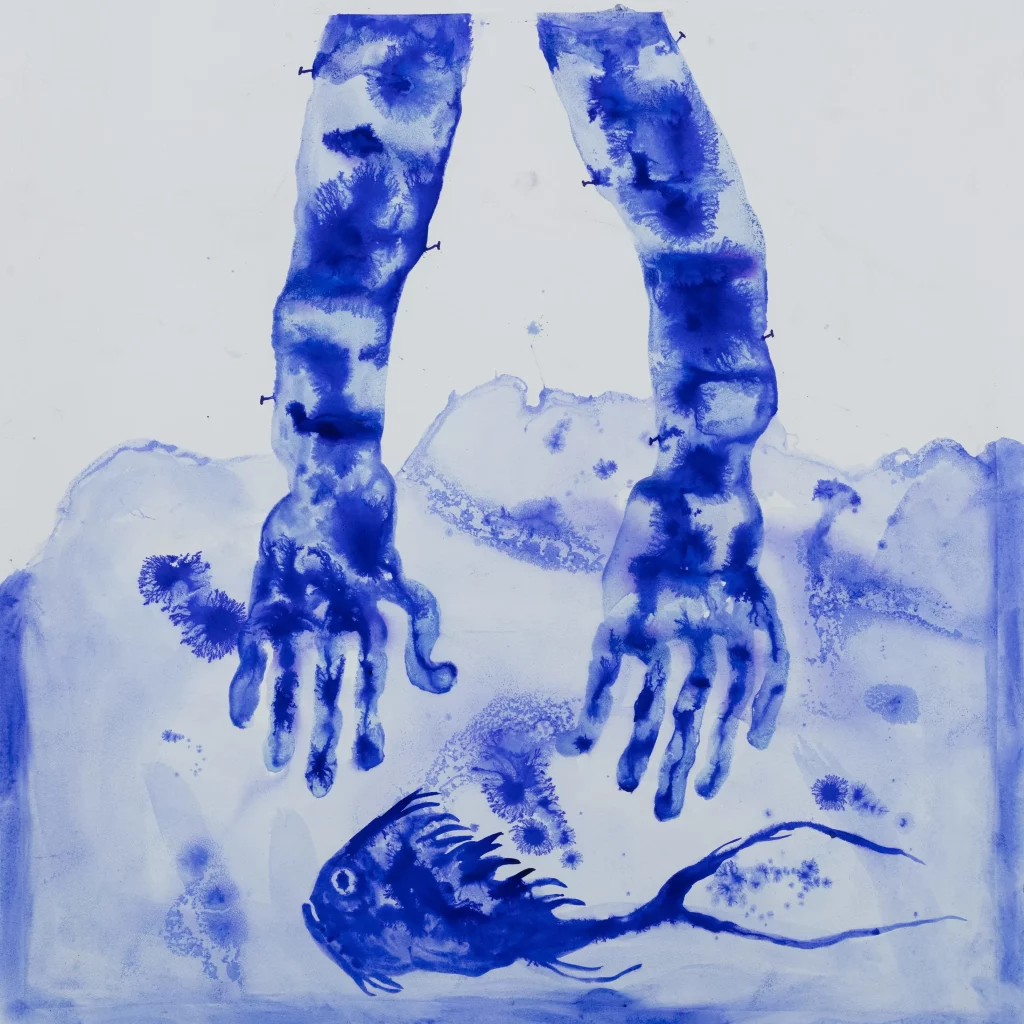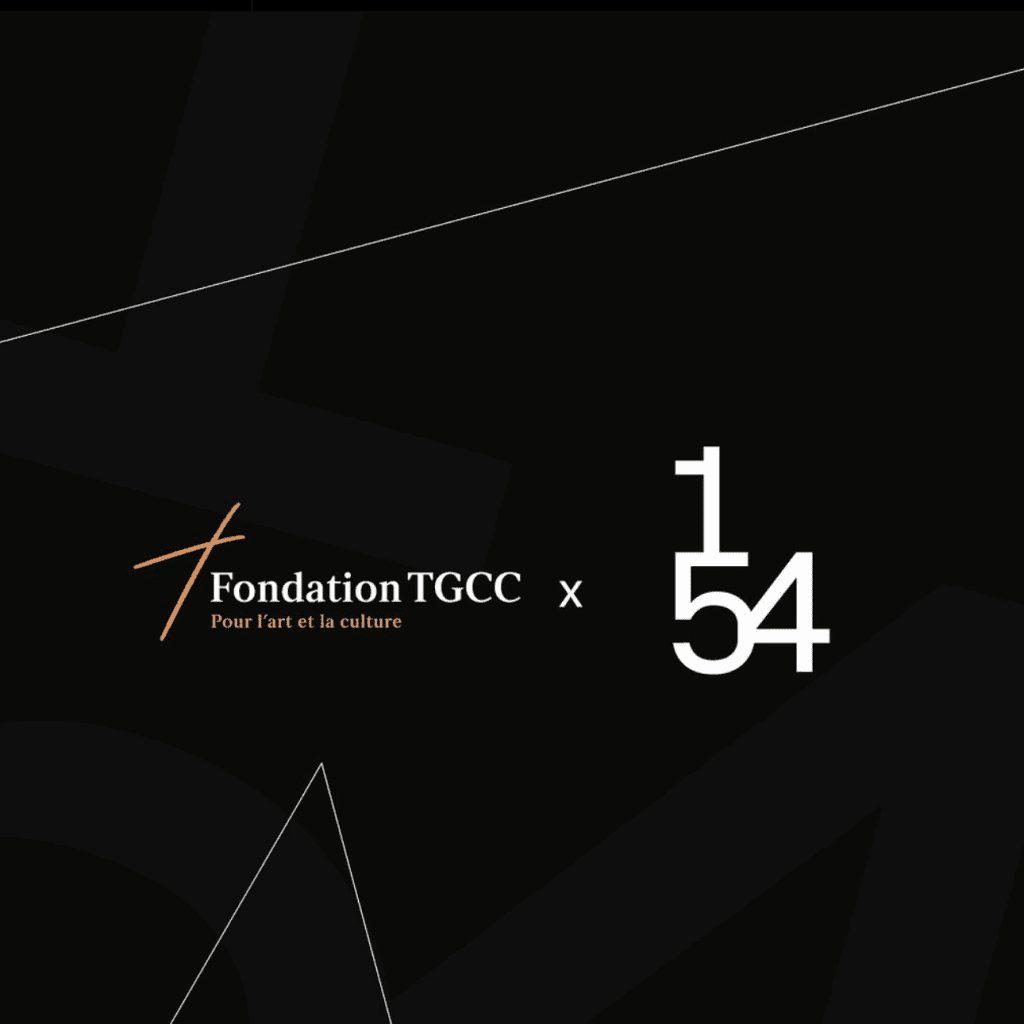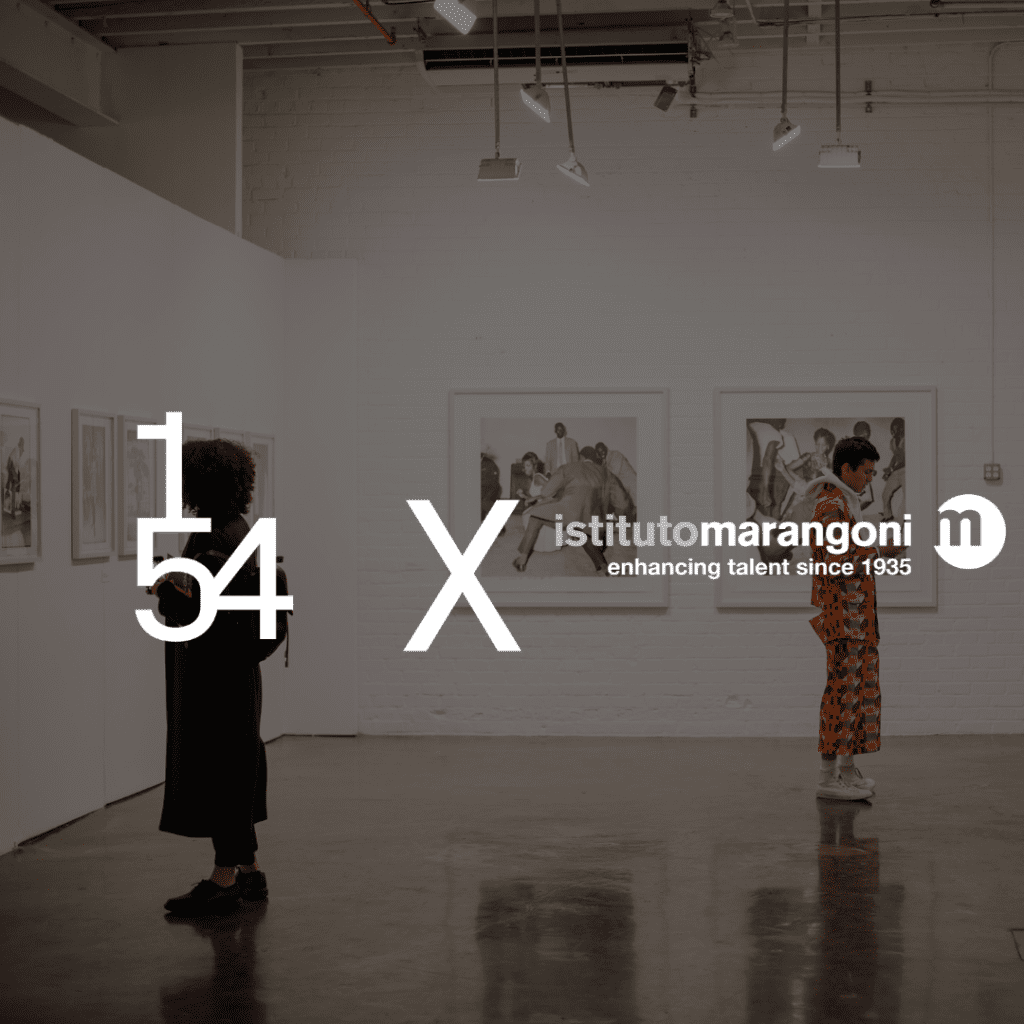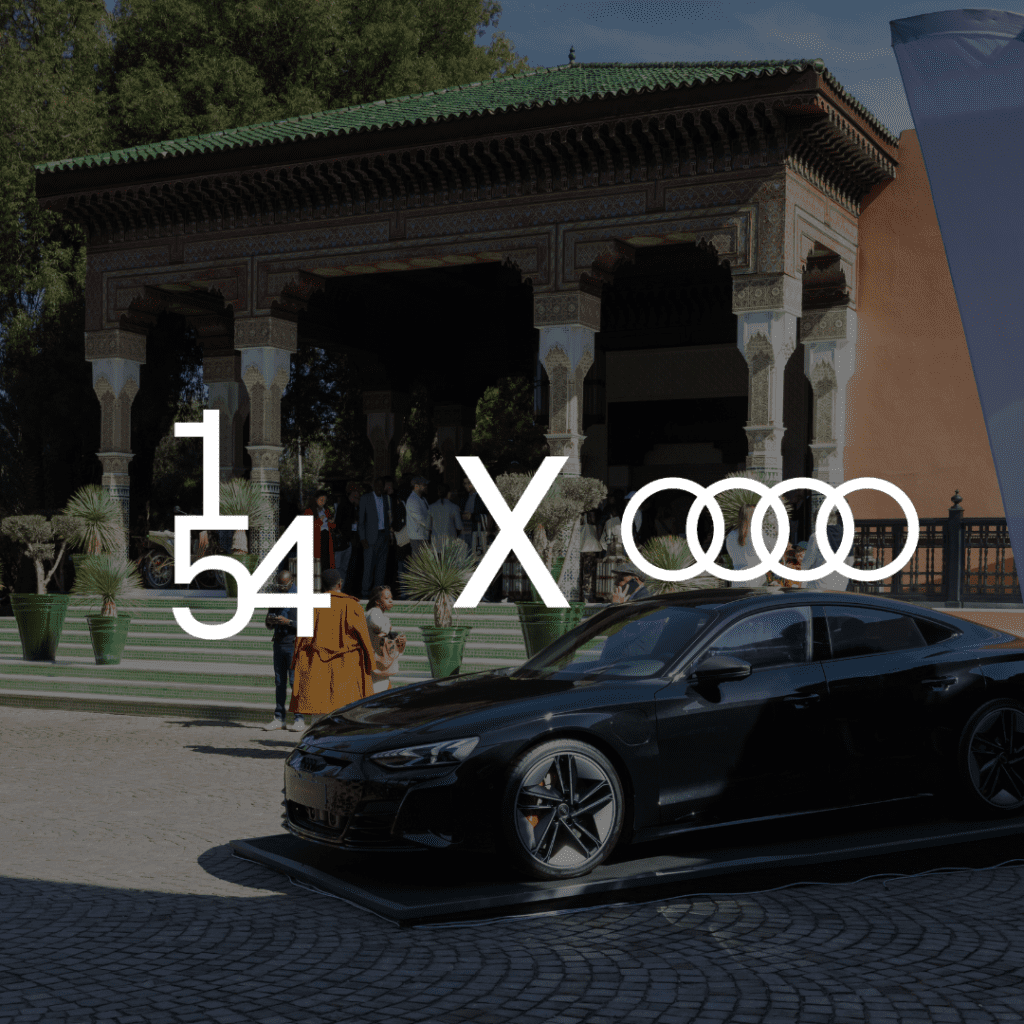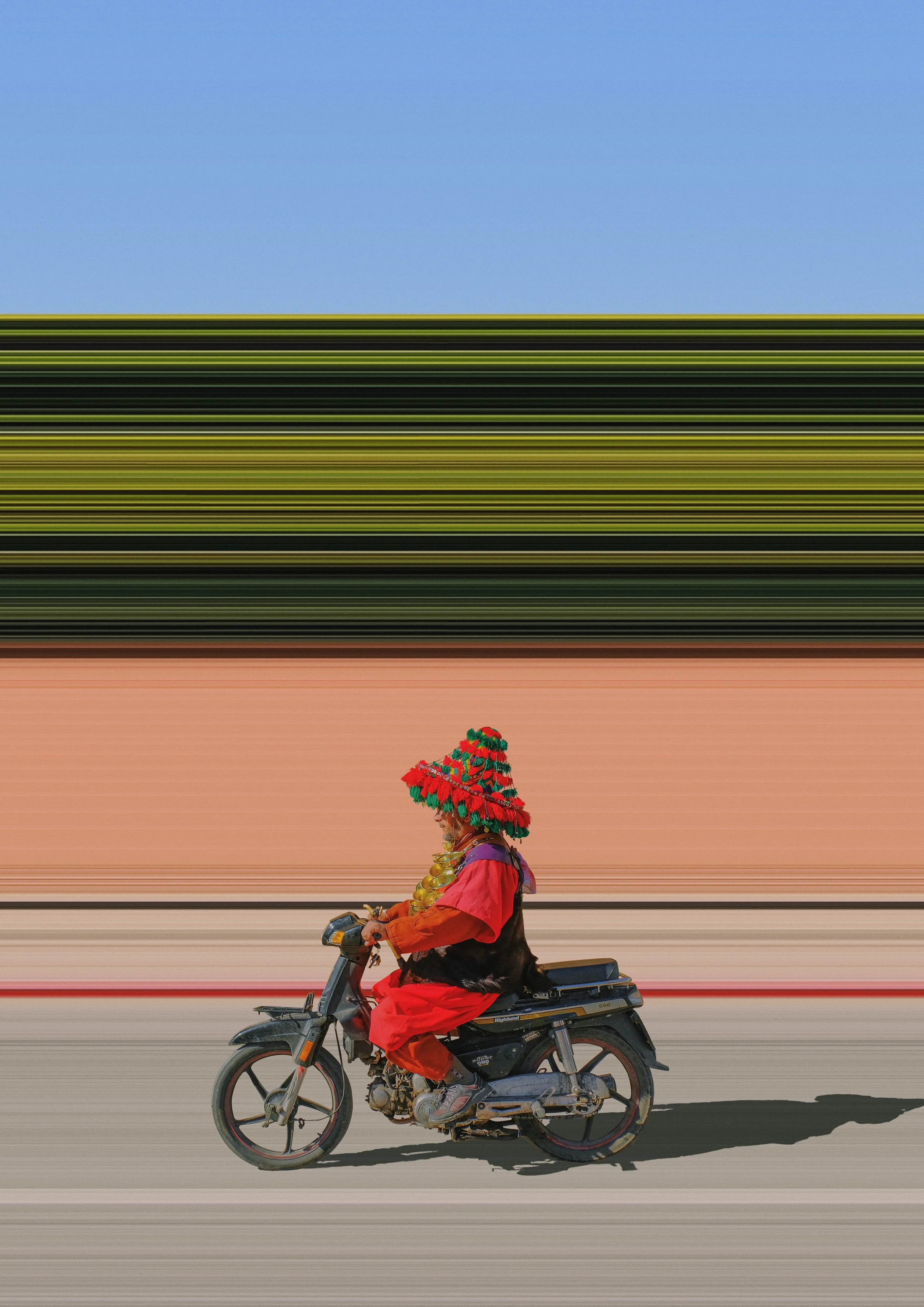
Unanswered Questions in Portraiture
1-54 Contemporary African Art Fair is collaborating with Artskop3437 for a series of interviews with artists presented at the New York edition of the fair, which will be available on Wednesday 6 May on Artsy. Artskop3437 met with February James, a self-taught rising artist who creates figurative paintings. Instead of realistic portraits, James captures the essence of her characters in her watercolour paintings. The artist recounts her journey and gives us a sensitive portrait of her creative process.
Artskop3437: When I learn about other artists in other parts of the world, I always wonder what kind of artist they are. What kind of artist are you?
February James: I’m still figuring out what type of artist I am everyday. I am grounded in who I am and my craft, yet with each new body of work I find out new things about the “myself” as an artist. What I want to say and why I want to say it. Then, there are times when I’m left searching through movement. I don’t believe that going to school makes you an artist. School can’t teach you how to be an artist; we’re all born creators of something. For me school is a personal goal that’s why for the most part I’ve held it close to my chest. My younger brother is a mathematician. He’s currently pursuing a PHD and is the only other person in my family who has graduated from a four-year program and beyond. I say this to point out to the fact that I don’t come from a family of scholars. Getting a job after receiving your high-school diploma was the bar. So, school and furthering my education has always been a personal goal whether I was painter or a plumber. I live in perpetual state of curiosity and I’m always looking for ways to challenge myself.

The figures in your works are quiet complex in the way you have articulated them and have a real sense of your familial life. What comes to mind when creating work when you enter your studio and create work of this significance?
I’m not the type of artist who has a notion and then seeks materials to carry it out. There is a motif and then I lose it. It’s almost as if I’m constantly in pursuit of the portrait. I don’t sketch out ideas first; I’m horrible at that. The essentiality of my paintings is the evasiveness and that there are questions unanswered. I find out what’s happening through the work. To some extent trying to write about the work is quite arduous at times, as what I make can happen before the meaning springs up and out. It’s like hearing a joke and getting the punch line later. It’s a process that I respect and I’ve come to love and honour about my practice. This is why experimentation is very important to me. I’m challenged to learn through failing, to move through it, too discover and to be play.
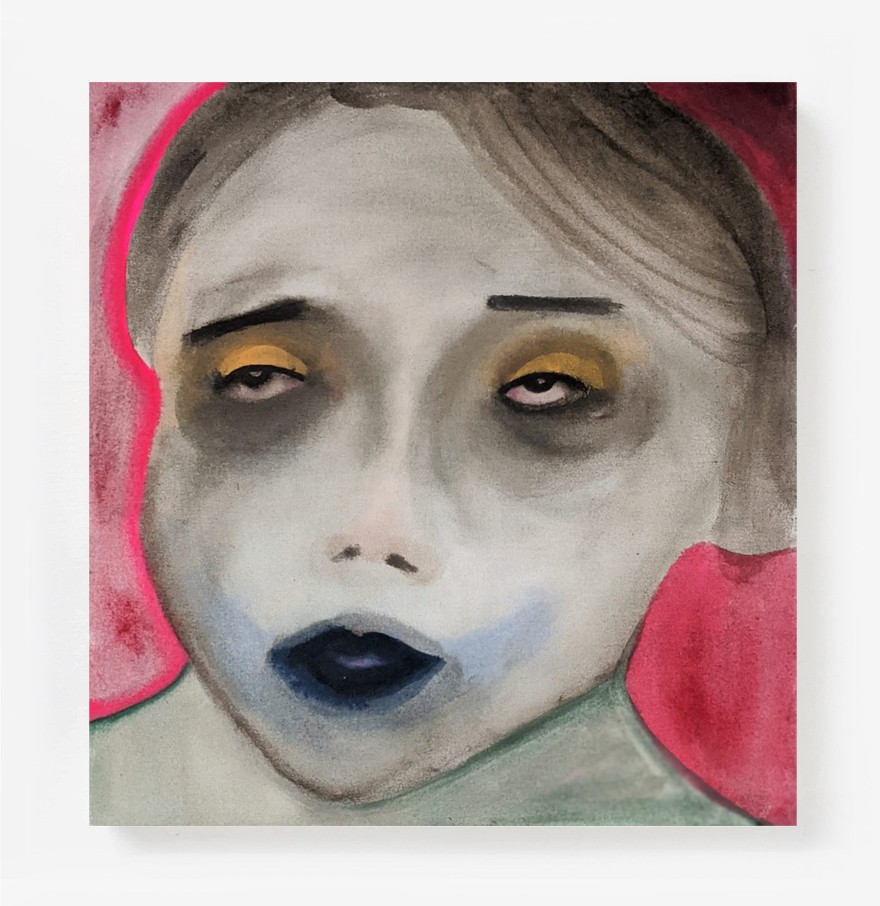
What has been your biggest challenge in being an artist in the times we are experiencing, right now?
I would have to say the grief that knowledge carries with it. Hearing about all the front-line workers, families that are facing the threat of losing their home, families who’ve lost loved ones. The devastating weight that this pandemic carries.

You work within the company of mixed media. Was this a choice that you initially felt drawn to while studying in Pasadena? Or was it a decision taken later?
My studies at the Art Centre are as recent as 2018. I’ve always worked simultaneously with watercolour and oil pastels and traversed through other mediums. With the oil pastels, I’m really drawn to these swells of colour and gesture. With watercolour and ink, I feel nurtured and seen as the faces emerge from the page. Working with clay is my most recent endeavour and that did pick up at the Art Centre. The manipulation of clay involves a lot of manners of tactile and gestural experiences that can be considered primal, relational ways to make contact with others and the world. What I’m unable to say with paint I can say with clay.

The subject of family and connections is quite personal and political in many ways – what can the regular or new visitor to 1-54 Contemporary African Art Fair expect from you, this year?
I think we’ll all be surprised; me included. I am more focused however on breathing more life into the characters. Who are they? Where are they? What do they have to say?
_________________
Interview by Palesa Motsumi
Palesa Motsumi is the Founder of Sematsatsa Library, a creative consultancy. She is a writer, communications practitioner by training and has worked as Art consultant for various artists in the past.
Artskop3437 is a space dedicated to proposing a place to discover, understand, consider Africa, global and plural though its creative arts. Artskop3437 works via a media, a database and an art collecting space.
